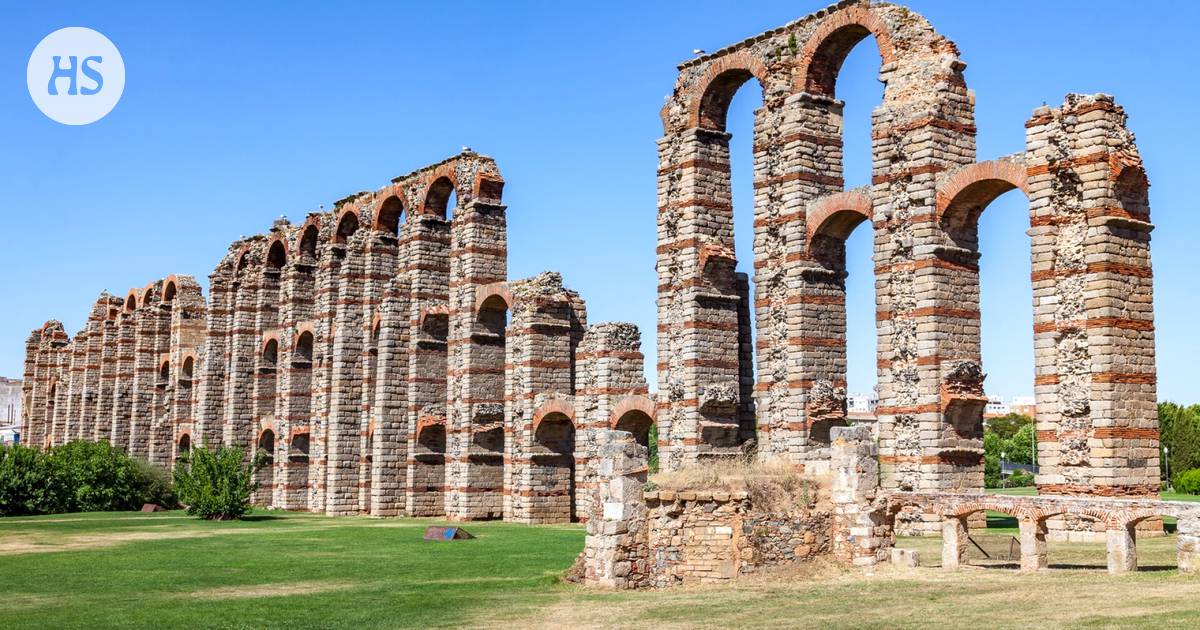Drought in Spain Forces Resurgence of Medieval Aqueducts
Spain is facing its worst drought in 70 years, and the country is resorting to some creative measures to cope with the water shortage. In some areas, medieval aqueducts are being dug up and restored in an effort to bring water to parched communities.

Body:
The drought has been particularly severe in the south of Spain, where some reservoirs are at just 10% of their capacity. This has led to water rationing and restrictions on agricultural irrigation. In some areas, the government has even imposed fines for wasting water.
The digging up of medieval aqueducts is one of the more unusual measures that the government has taken to address the drought. These aqueducts were built centuries ago to bring water to cities and towns, and they are still in use in some parts of Spain.
The restoration of these aqueducts is a labor-intensive process, but it is seen as a vital way to ensure that people have access to water. In some cases, the aqueducts are being used to supplement the water supply from reservoirs, while in others they are being used to provide water to communities that have been completely cut off from the mains supply.
The restoration of medieval aqueducts is a reminder of the ingenuity of our ancestors. These structures were built to withstand the elements and to provide water for centuries to come. In a time of drought, they are a valuable resource that can help to ensure that people have access to the water they need to survive.
Call to action:
The drought in Spain is a serious problem, but the restoration of medieval aqueducts is a hopeful sign. These structures show that we can find creative ways to cope with water shortages, and they give us hope for the future.
